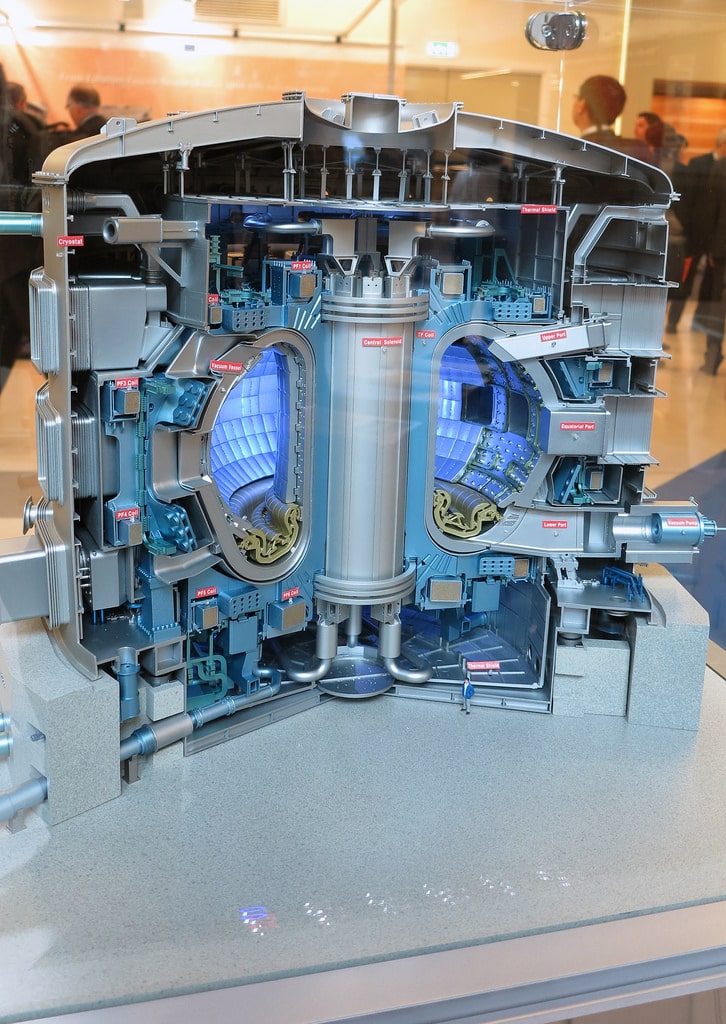The Drawbacks of ITER

Written by Tim Lash, Focus Fusion Society Contributor.
Far and away the largest fusion project on earth is the ITER reactor under construction in France. An international slate of countries support this research effort with billions of euros. The timeline for development and testing of this facility stretches into the 2050s. As the king of fusion projects ITER draws widespread press coverage. But bigger isn’t always better. In an article published in February of 2018, fusion research physicist physicist Daniel Jassby lays out some drawbacks of the ITER project. Dr. Jassby outline four critiques of ITER: electricity consumption, tritium fuel losses, neutron activation, and cooling water demand.
When operational ITER will consume as much electricity as a medium sized city. All the while this research facility will generate no electricity. The main product produced by ITER will be waste heat. The plan calls for a next generation facility to turn fusion products into usable electricity. No small task.
ITER plans to burn hydrogen isotopes deuterium and tritium (often written as “D-T”). While deuterium is abundant and easily collected from seawater, tritium is far more rare. Estimates of current global supply of tritium put the current stockpile at about 25 kilograms. Annual world production of the rare isotope is a mere one-half kilogram. ITER needs will amount to one kilogram per year. Further, the use of tritium entails two significant problems. First, tritium is highly radioactive, while with a short half-life of 12.3 years. Second, fusion reactions using tritium produce many neutrons that will cause structural damage to the reactor. This neutron bombardment will also turn reactor components radioactive.
This radioactive contamination is referred to as neutron activation. One estimate puts ITER radioactive waste at 30,000 tons. As the reactor becomes more radioactive down-times for maintenance and repair will be prolonged. This radioactivity will require remote handling equipment for maintenance. Yet, this radioactive contamination will decay over decades. This is much shorter than the thousands of years for waste from current fission reactors.
Removing waste heat from ITER will consume 180,000 gallons of water per minute. This is the amount of water used by a city of one million residents. Thirty-six kilometers of nuclear-grade piping will circulate the cooling water. The pumps alone will draw 56 megawatts of electric power.
Dr. Jassby’s analysis highlights serious concerns rarely presented in mainstream media coverage. The full article is well worth a read. It also reinforces the path taken by LPPFusion. The LPPFusion approach is aneutronic (i.e. no neutrons are produced). The planned reactor is small and uses common and safe fuel components. ITER concentrates attention and funding to the detriment of other fusion approaches like LPPFusion.